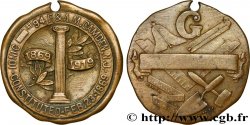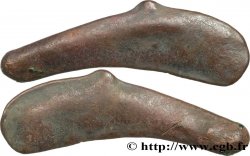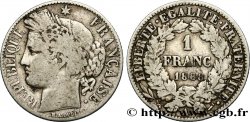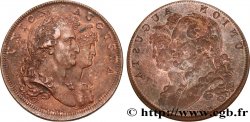Live auction - fjt_477845 - FRANC-MAÇONNERIE - PARIS LOGE LES AMIS DE LA LIBERTÉ n.d.
Devi Sign-in ed essere un offerente approvato fare un'offerta, Login per fare offerte. Conti sono soggetti ad approvazione e di approvazione sono raggiunti entro 48 ore. Non aspettare fino al giorno di una vendita si chiude per registrarti.Confermando la tua offerta su questo oggetto ti impegni ad un contratto legalmente vincolante per l'acquisto di questo prodotto e fare clic su «offerta» costituisce accettazione dei termini di utilizzo de live auctions cgb.fr.
Offerta deve essere collocato in euro gli importi interi vendita only.The si chiuderà al momento sulla descrizione dell'oggetto, eventuali offerte pervenute al sito dopo l'orario di chiusura non verranno eseguite. Volte transmition possono variare e le offerte potrebbero essere respinto se si attende per gli ultimi secondi. Per ulteriori informazioni ckeck le FAQ Live auction.
Le offerte vincenti saranno sottomesse ai 18% per spese di compartecipazione alla vendita.
Le offerte vincenti saranno sottomesse ai 18% per spese di compartecipazione alla vendita.
| Valutazione : | 150 € |
| Prezzo : | 120 € |
| Offerta maxima : | 180 € |
| Data di fine vendita : | 10 aprile 2018 17:40:55 |
| partecipanti : | 2 partecipanti |
Tipo : LOGE LES AMIS DE LA LIBERTÉ
Data: n.d.
Metallo : argento
Diametro : 29 mm
Asse di coniazione : 6 h.
Peso : 9,25 g.
Orlo : cannelée
N° nelle opere di riferimento :
Diritto
Titolatura diritto : "LUD.XVI.REX CHRISTIANISS.
Descrittivo diritto : Buste à droite de Louis XVI non signé.
Traduzione diritto : Louis XVI, Roi très chrétien.
Rovescio
Titolatura rovescio : CONSOCIARE AMAT.
Descrittivo rovescio : Minerve debout à gauche, tenant de la main droite un niveau, la gauche sur la lance; devant elle, une base, ou un siège avec gradins.
Traduzione rovescio : ELLE AIME A UNIR"..
Commento
La légende de revers est extraite des Odes d'Horace (4.II, od.3, v.10). Ce jeton, qui reprend, en lui supprimant son exergue et sa date, un revers de la série des bâtiments du Roi, a été utilisé comme "jeton banal" par des loges maçonniques trop pauvres pour faire frapper leurs propres jetons. Il est aussi attribué sans preuve aux architectes.
L’analyse de Marc Labouret, qu’il n’y a aucune raison de ne pas suivre, l’attribue à la Loge Les Amis de la Liberté.
La franc-maçonnerie s’implante en France aux alentours du premier quart du XVIIIe s. sous l’influence d’aristocrates anglais. Initiatique, elle est fondée sur le rite hiramique, du nom d’Hiram de Tyr, personnage biblique, architecte du roi Salomon sur le chantier du Temple et qui a résisté à la torture sans livrer ses secrets. Hiram a aussi donné un point de départ du calendrier maçonnique commençant 4000 ans avant le calendrier chrétien. Les symboles servent de signes de reconnaissance entre les initiés, notamment des outils de constructeur de cathédrales (équerre, compas, niveau, maillet, etc.), des formes (triangle, étoile), des nombres (trois, cinq, sept) et des lettres.
The reverse legend is taken from Horace's Odes (4.II, od.3, v.10). This token, which reproduces, without its exergue and date, a reverse from the series of the King's buildings, was used as a \\\"banal token\\\" by Masonic lodges too poor to have their own tokens struck. It is also attributed without proof to architects. Marc Labouret's analysis, which there is no reason not to follow, attributes it to the Lodge Les Amis de la Liberté. Freemasonry was established in France around the first quarter of the 18th century under the influence of English aristocrats. An initiatory practice, it is based on the Hiramic rite, named after Hiram of Tyre, a biblical figure, architect of King Solomon on the construction site of the Temple, who resisted torture without revealing his secrets. Hiram also gave a starting point for the Masonic calendar, which began 4,000 years before the Christian calendar. Symbols served as signs of recognition among initiates, including cathedral builder's tools (square, compass, level, mallet, etc.), shapes (triangle, star), numbers (three, five, seven), and letters.
L’analyse de Marc Labouret, qu’il n’y a aucune raison de ne pas suivre, l’attribue à la Loge Les Amis de la Liberté.
La franc-maçonnerie s’implante en France aux alentours du premier quart du XVIIIe s. sous l’influence d’aristocrates anglais. Initiatique, elle est fondée sur le rite hiramique, du nom d’Hiram de Tyr, personnage biblique, architecte du roi Salomon sur le chantier du Temple et qui a résisté à la torture sans livrer ses secrets. Hiram a aussi donné un point de départ du calendrier maçonnique commençant 4000 ans avant le calendrier chrétien. Les symboles servent de signes de reconnaissance entre les initiés, notamment des outils de constructeur de cathédrales (équerre, compas, niveau, maillet, etc.), des formes (triangle, étoile), des nombres (trois, cinq, sept) et des lettres.
The reverse legend is taken from Horace's Odes (4.II, od.3, v.10). This token, which reproduces, without its exergue and date, a reverse from the series of the King's buildings, was used as a \\\"banal token\\\" by Masonic lodges too poor to have their own tokens struck. It is also attributed without proof to architects. Marc Labouret's analysis, which there is no reason not to follow, attributes it to the Lodge Les Amis de la Liberté. Freemasonry was established in France around the first quarter of the 18th century under the influence of English aristocrats. An initiatory practice, it is based on the Hiramic rite, named after Hiram of Tyre, a biblical figure, architect of King Solomon on the construction site of the Temple, who resisted torture without revealing his secrets. Hiram also gave a starting point for the Masonic calendar, which began 4,000 years before the Christian calendar. Symbols served as signs of recognition among initiates, including cathedral builder's tools (square, compass, level, mallet, etc.), shapes (triangle, star), numbers (three, five, seven), and letters.







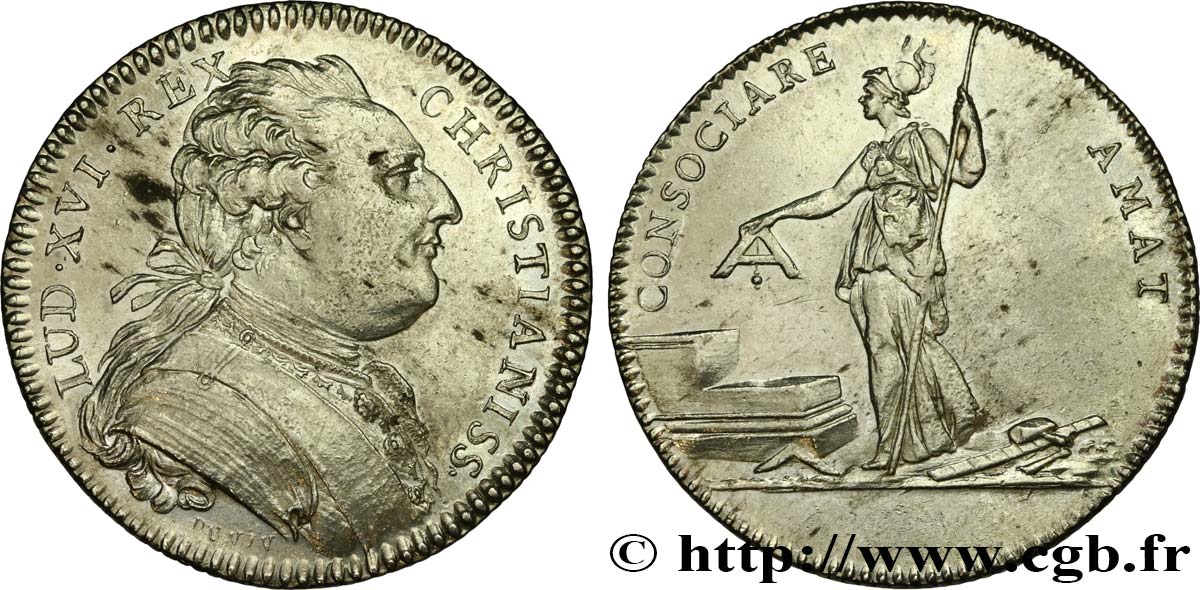
 Segnalare un errore
Segnalare un errore Stampate la pagina
Stampate la pagina Condividi mia selezione
Condividi mia selezione Fai una domanda
Fai una domanda Consegnare / vendere
Consegnare / vendere
 Descrittivo
Descrittivo



